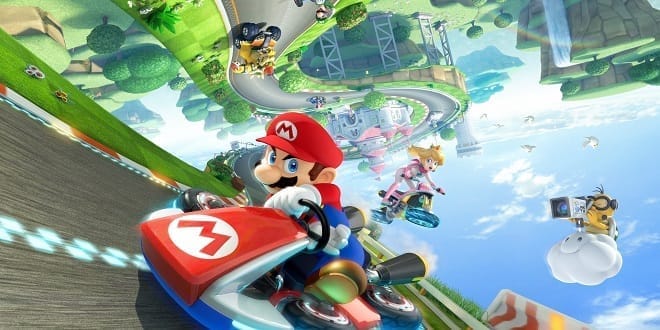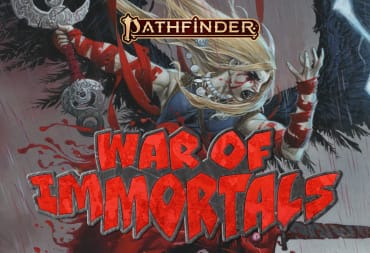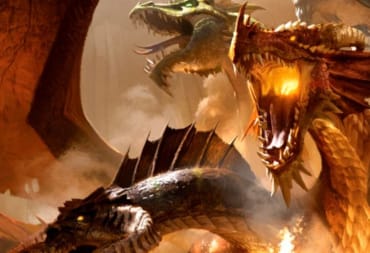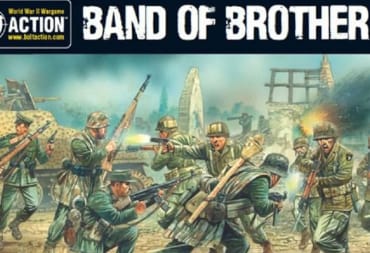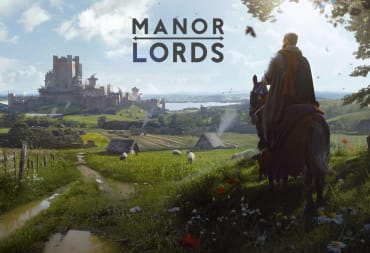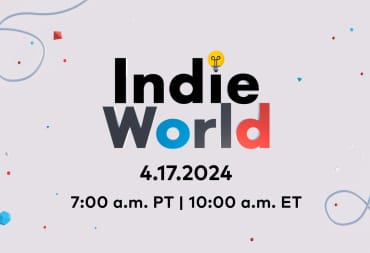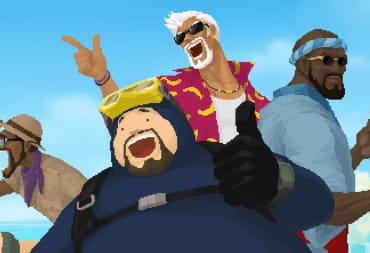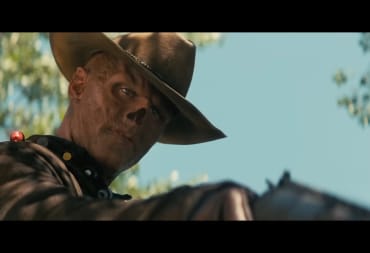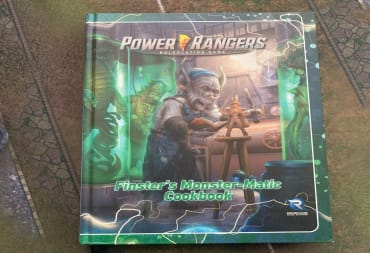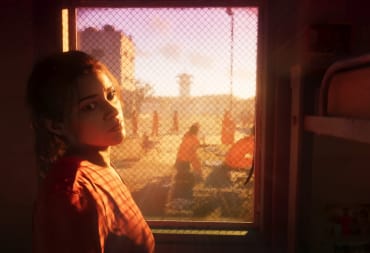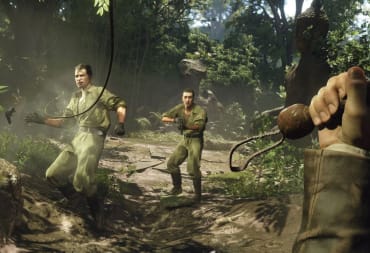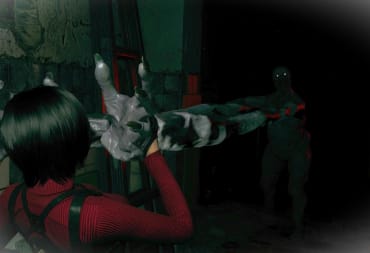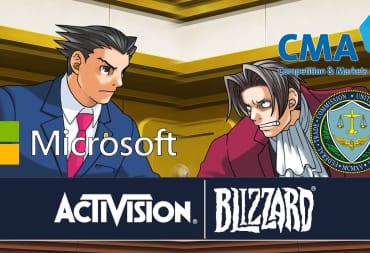Mario is obviously most well-known as a sidescrolling platformer, and other subgenres within platforming, but the mustachioed plumber and his friends have made their mark on plenty of other genres over the years. From RPGs, to racing games, to sports, to puzzles, each one has an indescribable Mario feel to it, beyond the fact that the same main characters are used in all of them. I won't be taking a look at all the genres or games of Mario, but highlighting a few and looking at what Mario brings to the table to separate, or Mariofy, that game from others in the genre.
Racing – Mario Kart
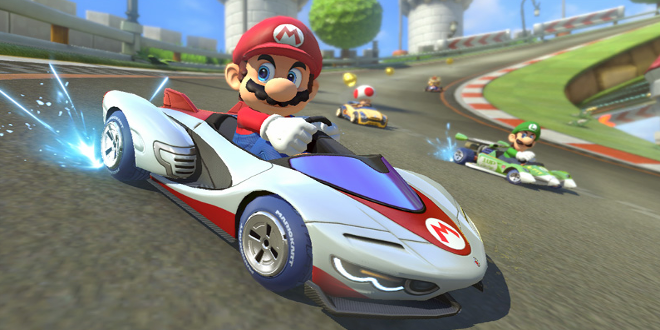
The first place a Nintendo-made Mario game ventured was into Racing with Super Mario Kart in 1992 for the SNES. You can check out a more in-depth look at Mario Kart here, as part of our Mario Week, but I'll be talking a bit about it myself.
Super Mario Kart began with the idea of making a racing game that two players could play at the same time on the same screen. And as the above article mentions, there was no plan for the game to even feature Mario at first, just "a guy in overalls."
But to the game itself, Super Mario Kart broke the mold in that it departed from an attempt to make something realistic or gritty, opting instead for the visual style associated with Mario. Instead of a high speed game focused on the tracks and the cars themselves, Nintendo went with the inviting style and charm every Mario title possesses.
What made Super Mario Kart standout the most, though, was the design emphasis on multiplayer. Not just racing each other either, but becoming more involved in competing with other players and the computers. It all started with the idea that Nintendo wanted a game where it was possible to achieve victory in something other than where you finished in the race. This is what led to the Battle Mode in Super Mario Kart, where you have to try to pop your opponents' balloons, the powerups and abilities of which made it into the racing aspect as well.
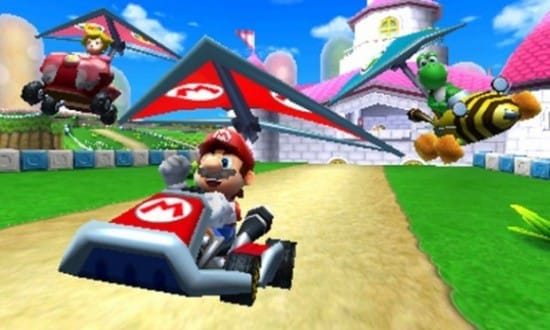
From there, we have what has more or less become its own subgenre of racing in kart racing. Mario added the powerups to the genre, making more than just racing ability an important factor in achieving victory. The simple addition of collecting coins to increase speed and those powerups set it apart from others at the time.
To this day what was a staple in Super Mario Kart is still part of the series, which is now in its eighth game. It still sticks to what has set it a part from the beginning, with a few additions that make it a little closer to other racing games, like customizing wheels and karts to adjust speed, handling, etc.
That emphasis on player interaction throughout the race, using karts instead of cars, and that Mario style set the game apart from others at the time, and even plenty of racing games now. While the kart genre has seen many other franchises try it out, none has been anywhere near as popular as Mario Kart.
RPG – Super Mario RPG, Paper Mario, Mario and Luigi
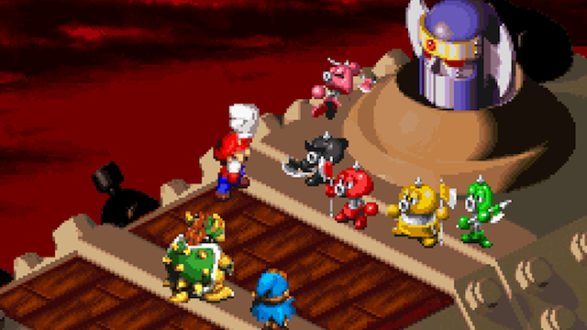
Super Mario RPG: Legend of the Seven Stars released for the SNES in 1996. The game of course had that familiar feel of a Mario game, but this time in a 3D world, with exploration of Mushroom Kingdom, significant plot and characters, dialogue, and more. Beginning out of a dialogue between Square and Nintendo, with Square's desire to strengthen their market in the West and Shigeru Miyamoto's desire to have an RPG featuring Mario, Super Mario RPG was born.
The Mario RPGs have created their own style of gameplay in the RPG world. They are not necessarily interested in questing, side quests, random events across the world, or even having an incredibly in-depth overarching story. Rather, a Mario RPG is focused primarily on gameplay, creating memorable characters, and giving you vibrantly themed areas of a world to experience.
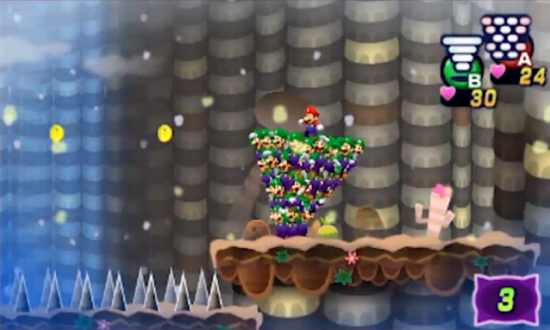
That first part actually comes in two parts. Since Super Mario RPG, every Mario RPG has gone the route of featuring some sort of platforming as you explore the world. Super Mario RPG started off simplistic with platforming in a 3D space, with the Mario and Luigi series now including elaborate actions from the duo to reach areas you otherwise couldn't—like having Luigi jump on Mario's shoulders, them both spinning, and hovering through the air as a mini-tornado (the screenshot above is a little more elaborate, from Dream Team). Paper Mario equally sees thematic additions to its platforming/puzzle solving as well, like Mario folding himself up into a paper airplane and gliding to his destination.
Those thematic spins, which vary with some staples from game to game, help to set it apart from others in the exploring the world aspect of an RPG. As said before, instead of focusing on discovery as much, Mario RPGs look to make maneuvering throughout the world more interesting, taking a puzzle platformer sort of approach.
The turn-based combat has its own spin as well. It's not the menu-based stuff from a JRPG; rather, Mario RPGs focus on the action of using an ability or weapon itself. For Mario, the two main actions to attack he can use are jumping on an enemy or using a hammer. Each has their own timing when attacking; for example, when jumping on an enemy's head, hitting "A" just as you do it will allow for a second hit on the head. Hammers can vary with timing when it will hit or when Mario "charges" it up readying to swing.
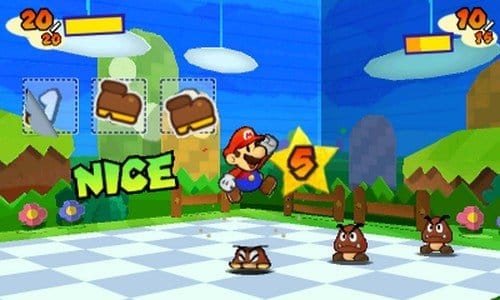
All the abilities and equipment take that same approach, from the first Mario RPG to the most recent. There are abilities where you can effectively jump on an enemy's head indefinitely as long as you time it correctly, where you can continually hit a shell using an enemy to pass it back and forth between Mario and Luigi, charge up a fireball or press "A" as fast as possible to send out as many as you can, and many more. They all emphasize some sort of interactivity in the combat, though.
Mario RPGs also emphasize interactivity while defending an enemy's attack as well. That can be timing a jump to miss a projectile, moving out of the way, using your hammer to send something back at an enemy or the enemy itself, and more. Coming across a new enemy becomes more than knowing what ability to use on it, but to understand how it will attack as well.
In a nutsell, all the above is where Mario RPGs differ from others in the genre, with Super Mario RPG being the most similar to something like a JRPG. Emphasizing interactivity so that there is no real downtime, on both offense and defense, while mixing platforming and puzzle solving in exploration, is how you "Mariofy" an RPG.
Party Games or Minigame Collections – Mario Party
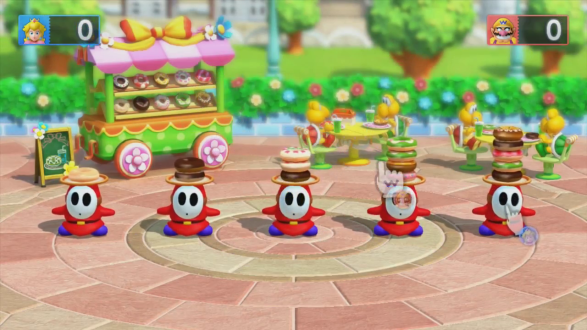
I chose that title as party games kind of mix both. Some are games where any number of people can play, like Quiplash, others like Mario Party are limited to a certain amount of players at a given time. In any case, most party games in the '80s and '90s were either quiz games or a collection of mini games to play. Mario Party came on the scene in 1999 offering a whole new spin on the genre.
Well, mostly new. Interestingly enough, Mario Party was not the first party game to introduce the idea of a board for players to progress through in a party game. Anticipation, developed by Rare, was a game where players had to guess a picture being drawn, and if you guessed correctly, you moved along the board a certain number of spaces based on how quickly you guessed the image. The first player to complete each of the four levels won the game.
However, anyone who has played Mario Party knows it is much more complex than that—to be fair, Mario Party did come out 11 years later. Mario Party expanded on it quite a bit, making getting around the board just as engaging and interactive as the minigames themselves.
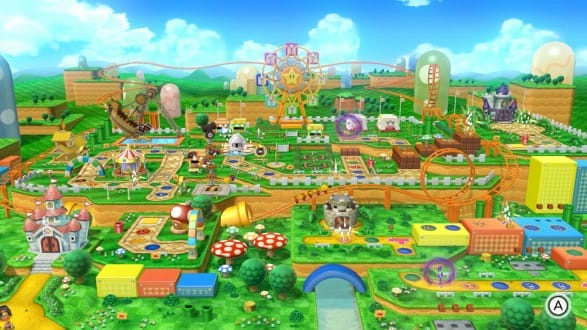
The objective not only became to dominate your opponents in the minigames themselves, but to strategically move around the board, which featured all sorts of traps, random events, and shops to buy things at all in the search for some stars.
In other words, Mario Party is again all about that extra interactivity that would otherwise not be there between minigames. Giving significance to the games, beyond just who wins most of them, offered up more varied gameplay, allowing multiple people with different strengths and preferences a chance to succeed. It mixed other elements of gameplay, that of a boardgame, to put a nice twist on an otherwise straightforward genre.
Fighting – Super Smash Bros.
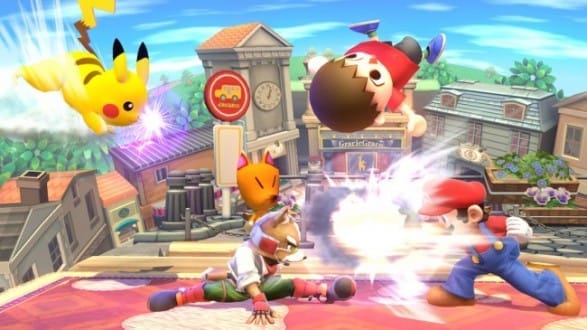
You an argue if you like on whether or not Super Smash Bros. is a fighting game, but I most definitely do consider it a fighting game. Releasing in 1999 on the Nintendo 64, Super Smash Bros. allowed you to play as some of your favorite Nintendo characters interacting with one another in one game. Super Smash Bros. doesn't just have a twist to the genre, some sort of added on gameplay, or a merging with another genre to make it different, it does something entirely unique in comparison to pretty much every other fighting game out there.
This is best evidenced by the win condition. Other fighting games rely on a health bar, where when it drops to zero, your opponent wins. The objective in Super Smash Bros. is to knock your opponents off the platform you're fighting on or send them flying towards any of the edges of the screen.
However, the health bar is not gone exactly. Instead, you gain a percentage the more damage you take. The higher the percentage, the more you are thrown back when you take a hit, and pretty much every move has some sort of knock back. Once you get to really high percentages, almost any attack will send you flying towards the edge of the screen and defeat.
https://www.youtube.com/watch?v=tedxiueRAEs Another big change is the lack of button combos. There are no specific combos you need to do in Super Smash Bros. to perform a certain move, unlike many other fighting games. Instead, pretty much every movement and button you can think of has some sort of attack to it. Each directional combined with "A" or "B" does something different—even diagonal directions have different moves called "tilts" (when combined with "A" they do). Characters have different sets of moves for while in the air vs. on the ground as well.
Smash Bros. emphasizes comboing all the moves at the character's disposal into another move. In other words, hitting an opponent with a move, knowing where they will go, then hitting them again is pretty much how combos happen. Each character's set of moves varies wildly in the direction it will send characters and how much damage it will do as well. It gets a little more complicated when you take into account the Directional Influence, DI, of Smash Bros.
Without going too in-depth, DI is basically the term that says a player has some control over where the knockback will send them. Basically, when you get hit, tilt the control stick in the direction you'd like to go, and the DI in the game will help move you that direction.
https://www.youtube.com/watch?v=SDnKE5J7ki8 The last bit there was probably a little more technical than necessary, but it just showcases how different Smash Bros. is from pretty much any other fighting game out there, though some other games have come out with similar approaches recently. There's also plenty more I didn't touch on, but maybe going into all the differences would be best for a different article.
All of this keeps that Mario feel to it as well, as Smash Bros. is incredibly accessible and easy to learn the basic controls of to have fun almost instantly, with enough depth and other things going on to satisfy the more "hardcore" and interested fans.
To sum it all up, "to Mariofy" likely just means to take a unique spin on an existing genre, using the style, characters, and charm associated with the Mario universe. More than that, there is an inherent design philosophy that each game should be accessible enough for all, while having a reasonable amount of depth and complexity in the game as well.
Also touched on was the emphasis on not having any downtime for a player when the game is being played—that they should always be engaged. While not touched on in the Smash Bros. discussion, one could argue that emphasis is there as well, seeing as there is almost no time where there is nothing you can do to help your situation—from being able to change the direction you will be flying when hit, to the various "recovery" moves to get your character back to the stage. Don't expect to be stunned in place or have to sit there blocking a huge combo in hopes you live.
I hope this was interesting, and at least to me, helped me understand a little bit of the design philosophies over at Nintendo. Much of what was said about each of these genres and their unique Mario feel can more than likely be applied to the main series of platformers as well.
In any case, I encourage you all to try the many different Mario games that are out there, no matter the genre, because they almost always try to at least do something different.
Have a tip, or want to point out something we missed? Leave a Comment or e-mail us at tips@techraptor.net
